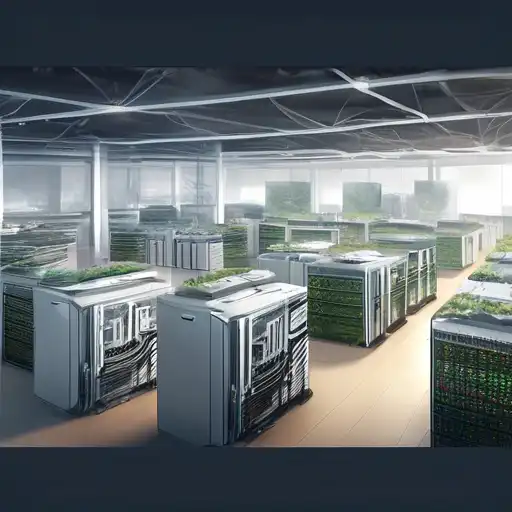Introduction to Sustainable Hardware in Tech
In today's rapidly evolving tech landscape, sustainability has become a cornerstone for innovation. Tech companies are increasingly turning towards sustainable hardware solutions to reduce environmental impact while maintaining high performance. This shift not only addresses global environmental concerns but also meets the growing consumer demand for eco-friendly products.
Why Sustainable Hardware Matters
Sustainable hardware refers to the design, production, and disposal of technology products in an environmentally responsible manner. It encompasses energy-efficient manufacturing processes, the use of recycled or biodegradable materials, and longer product lifecycles. For tech companies, adopting sustainable hardware solutions is not just about corporate social responsibility; it's a strategic move that can lead to cost savings, enhanced brand reputation, and compliance with stringent environmental regulations.
Key Sustainable Hardware Solutions
Several innovative solutions are leading the way in sustainable hardware for tech companies:
- Energy-Efficient Servers and Data Centers: By optimizing energy use, companies can significantly reduce their carbon footprint.
- Recycled Materials in Product Design: Utilizing recycled plastics and metals in hardware components minimizes waste and resource consumption.
- Modular Devices: These allow for easy upgrades and repairs, extending the device's lifespan and reducing e-waste.
- Biodegradable Electronics: Emerging technologies are paving the way for electronics that can decompose naturally, leaving minimal environmental impact.
Benefits of Adopting Sustainable Hardware
The advantages of integrating sustainable hardware into tech operations are manifold:
- Environmental Impact: Significant reduction in carbon emissions and electronic waste.
- Cost Efficiency: Lower energy and material costs over time due to efficient resource use.
- Brand Loyalty: Consumers are more likely to support brands that demonstrate a commitment to sustainability.
- Regulatory Compliance: Staying ahead of environmental regulations can prevent future legal and financial penalties.
Challenges and Considerations
While the benefits are clear, transitioning to sustainable hardware is not without its challenges. Higher upfront costs, limited availability of sustainable materials, and the need for consumer education on the value of eco-friendly products are significant hurdles. However, with strategic planning and investment in research and development, tech companies can overcome these obstacles and lead the charge towards a more sustainable future.
Conclusion
The move towards sustainable hardware solutions represents a critical step in the tech industry's journey towards environmental stewardship. By embracing innovation and prioritizing sustainability, tech companies can not only mitigate their environmental impact but also unlock new opportunities for growth and differentiation in a competitive market. The time to act is now, and the tools and technologies to make a difference are within reach.
